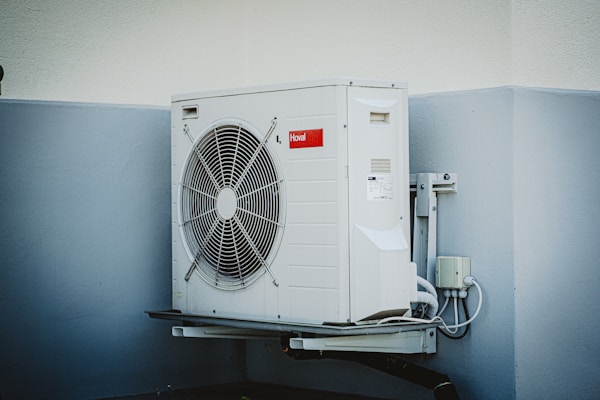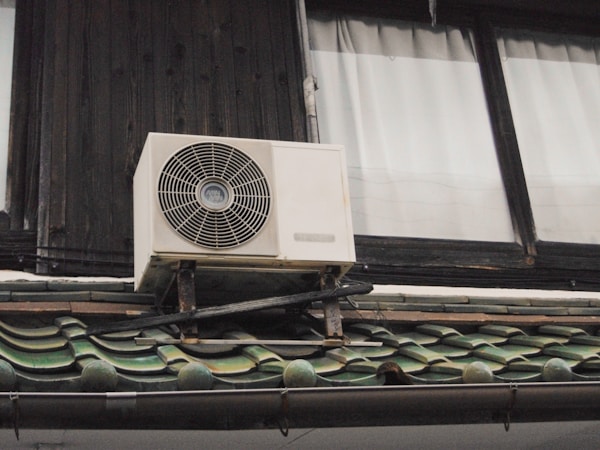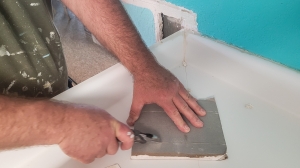When you think about cooling a hot building, you probably don't think of heat pumps. In fact, you likely think of using an air conditioner instead. But as it turns out, a heat pump can both heat and cool. A Heat pump is a versatile, efficient cooling and heating system. Thanks to a reversing valve, a heat pump can change the flow of refrigerant and either heat or cool a home. This is why heat pumps have been rising in popularity as a preferred HVAC choice for homeowners.
A heat pump is a type of home heating and cooling system installed outside of your home and uses electricity to operate. So, how does a heat pump work? In the cooler months, the unit works by pulling heat from the cold outdoor air and transferring it indoors. In warmer months, the heat pump works by pulling heat out of indoor air to cool your home. A heat pump can provide comfort all year round and may not require the installation of separate systems for heating and cooling. Let's take a closer look at heat pump systems.
How does a heat pump function in the summer?

One of the most crucial things to comprehend about heat pump operation is the process of transferring heat. Heat energy naturally flows to areas with lower temperatures and less pressure. Heat pumps utilize this physical property by putting heat in contact with cooler, lower-pressure environments so that the heat can naturally transfer. This is how a heat pump works.
The refrigerant liquid is pumped through an expansion device located at the indoor coil. The coil acts as the evaporator in this process. Air from inside the house is blown across the coils by a fan, and the heat energy is absorbed by the refrigerant. The cool air that results is blown throughout the home’s ducts. The act of absorbing the heat energy causes the liquid refrigerant to heat up and evaporate into gas form.
The gaseous refrigerant now goes through a compressor, which pressurizes the gas. The process of pressurizing the gas causes it to heat up (a physical property of compressed gases). The hot, pressurized refrigerant then moves through the system to the coil in the outdoor unit. A fan in the outdoor unit moves outside air across the coils. The cooler outside air helps to condense the refrigerant back into a liquid state. The warm liquid refrigerant is then pumped through the system to the expansion valve at the indoor units.
The expansion valve works by reducing the pressure of the warm liquid refrigerant, which in turn cools it down. Once the refrigerant is cooled down, it becomes a liquid and is ready to be pumped back to the evaporator coil inside of the indoor unit, where the cycle begins anew.
How do heat pumps work in the winter?

In heating mode, a heat pump operates similarly to cooling mode, with the exception that the reversing valve reverses the flow of refrigerant. This reversal means that the heating source becomes the outside air, and the heat energy is released inside the home. The outside coil now functions as an evaporator, and the indoor coil now acts as a condenser.
In the process, heat energy is absorbed in the outdoor unit by a cool liquid refrigerant and turned into a cold gas. Pressure is then applied to the cold gas, turning it into a hot gas. The hot gas is cooled in the indoor unit by passing air, heating the air, and condensing the gas to warm liquid. The warm liquid is relieved of pressure as it enters the outdoor unit, turning it into a cool liquid and renewing the cycle.
Heat pumps work by transferring heat from one place to another. In cold weather and in warm weather, heat pumps operate by extracting heat from different places and transferring it. Heat pumps are more energy efficient than other HVAC equipment and offer the convenience of a packaged unit. If you are interested in installing a heat pump in your home, you should contact a qualified HVAC technician to help you find the right product for your situation.






